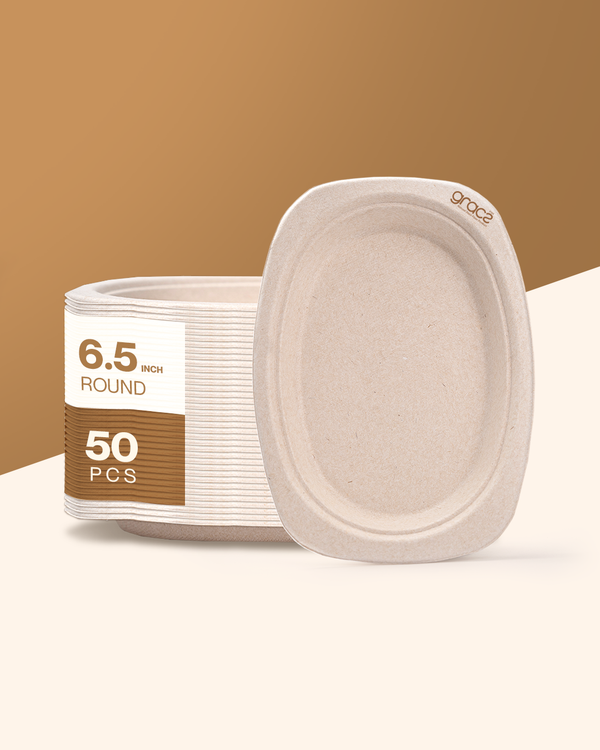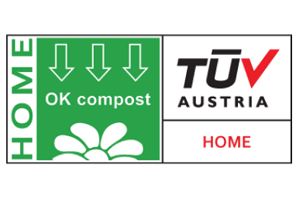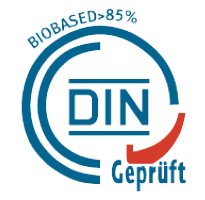Greener Future
Bulk Orders. Big Impact. Sustainable tableware at wholesale prices—better for your business, better for the planet!
Know More
Why Gracz?
Gracz products are made from 100% natural plant fibre and fully compost within 45 days in landfills, returning entirely to nature. Designed with both health and environmental sustainability in mind, Gracz is committed to providing safe, eco-friendly food packaging. Our journey starts with selecting natural plant fibres, and through dedicated research and development, we ensure our products meet the evolving needs of consumers, promoting convenience without compromising on well-being or the planet.
Know More
Need Premium - Quality Tableware in Bulk?
No worries— we've got you covered
| Images | Product | Price | Options |
|---|---|---|---|

|
6.5 – inch Sugarcane Plate |
Regular price
$90.00 USD
Regular price
|
|

|
10-inch Sugarcane Plate |
Regular price
$300.00 USD
Regular price
|
|

|
10-inch sugarcane Tray |
Regular price
$100.00 USD
Regular price
|
|

|
Sugarcane Tea Glass |
Regular price
$40.00 USD
Regular price
|
|

|
Sugarcane Bowl 350 ml. |
Regular price
$100.00 USD
Regular price
|
|

|
8 Inch Plant Pulp Box |
Regular price
$40.00 USD
Regular price
|
What Our Clients Have To Say?
International Certificates
Awards & Achievements
















